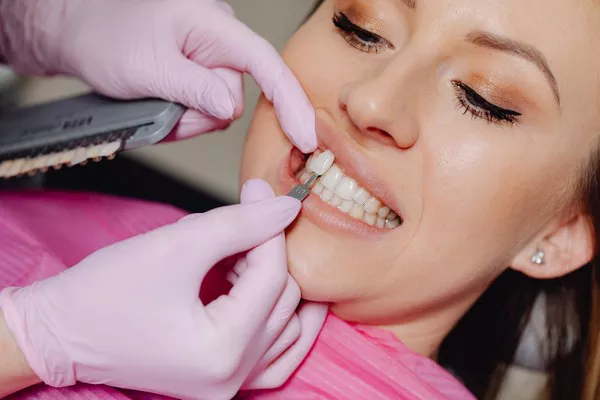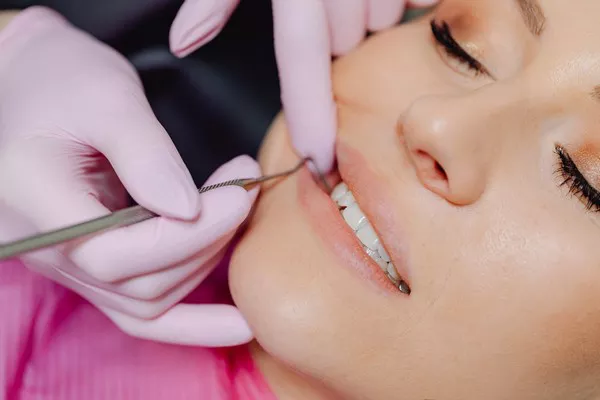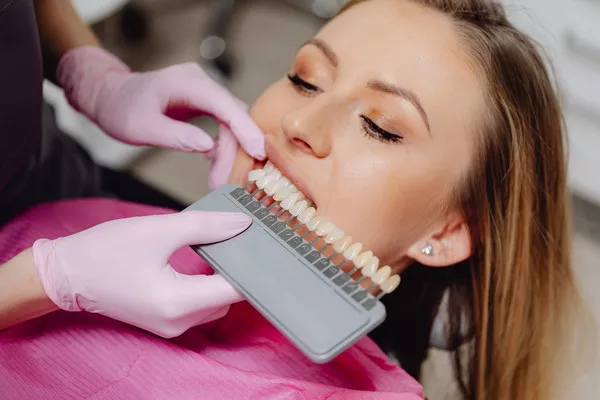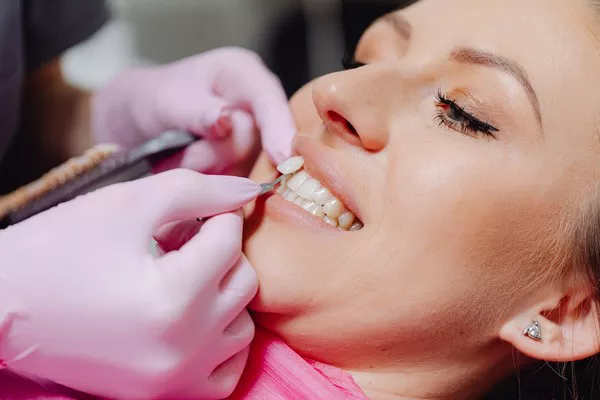A bright, white smile is often associated with good oral hygiene and can significantly enhance one’s appearance. Teeth whitening strips have gained popularity as a convenient and cost-effective method for achieving a whiter smile at home. However, many individuals are curious about the timeline and effectiveness of these strips. In this article, we will explore how long teeth whitening strips take to work, factors that influence their efficacy, and tips for maximizing results.
The Science Behind Teeth Whitening
To understand how teeth whitening strips work, it is essential to grasp the science behind tooth discoloration. The outer layer of our teeth, known as enamel, contains tiny pores that can trap stains from food, beverages, and tobacco. Over time, these stains accumulate and cause teeth to appear yellow or discolored.
Teeth whitening strips typically contain a peroxide-based gel, usually hydrogen peroxide or carbamide peroxide. These active ingredients penetrate the enamel and break down the chemical bonds that hold the stain molecules together. As a result, the stains become less concentrated, making the teeth appear whiter.
Factors Influencing Whitening Strip Effectiveness
Several factors can influence the effectiveness of teeth whitening strips and the duration required to achieve noticeable results:
a) Initial Tooth Color:
The natural color of your teeth plays a role in determining the time needed for visible whitening. Individuals with mildly stained teeth may notice results sooner than those with deeply discolored teeth.
b) Peroxide Concentration: Teeth whitening strips come in various strengths, typically ranging from 5% to 14% hydrogen peroxide. Higher generally yield faster results, but they may also increase the risk of tooth sensitivity.
c) Duration and Frequency of Use: Following the instructions provided with the whitening strips is crucial. Most products recommend daily use for a specific duration, typically ranging from 30 minutes to 2 hours per day. Consistency and adherence to the recommended treatment period are essential for optimal results.
d) Individual Factors: Each person’s teeth and enamel composition are unique, which can affect how they respond to teeth whitening treatments. Some individuals may experience faster or slower results due to variations in enamel thickness, sensitivity, or genetic factors.
Timeline of Teeth Whitening Strip Results
The timeline for teeth whitening strip results can vary depending on the factors mentioned above. However, it is important to set realistic expectations and understand that gradual improvement is typical. Here is a general timeline of what you can expect:
a) Week 1: During the first week of consistent use, you may start noticing subtle changes in tooth color. The stains begin to break down, and your teeth may appear slightly brighter.
b) Week 2-3: As you continue using the whitening strips, the effects become more noticeable. Many individuals report a significant improvement in tooth color by the end of the second or third week.
c) Week 4 and beyond: By this stage, most people achieve their desired level of whiteness. However, individual results may vary. If you have severe discoloration or stubborn stains, it may take longer to achieve your desired outcome.
Tips for Maximizing Teeth Whitening Strip Results
To maximize the effectiveness of teeth whitening strips and ensure optimal results, consider the following tips:
a) Follow Instructions: Carefully read and follow the instructions provided with the whitening strips. Overuse or misuse can lead to tooth sensitivity or other adverse effects.
b) Maintain Good Oral Hygiene: Brush and floss your teeth regularly to remove surface stains and maintain oral health. This practice complements the whitening process and helps prevent new stains from forming.
c) Avoid Staining Substances:
During the whitening treatment period, it is advisable to limit or avoid consumption of staining substances such as coffee, tea, red wine, and tobacco. These can counteract the whitening effects and prolong the process.
d) Consider Professional Advice:
If you have severe tooth discoloration, underlying dental issues, or concerns about sensitivity, consult a dentist. They can provide personalized guidance and recommend alternative treatments if necessary.
Conclusion
Teeth whitening strips are an accessible and effective option for achieving a brighter smile at home. While the timeline for results may vary depending on individual factors, most people notice visible improvements within a few weeks of consistent use. By understanding the science behind teeth whitening, considering influencing factors, and following best practices, individuals can maximize the effectiveness of whitening strips and enjoy a whiter, more confident smile.
Related Topics:





























